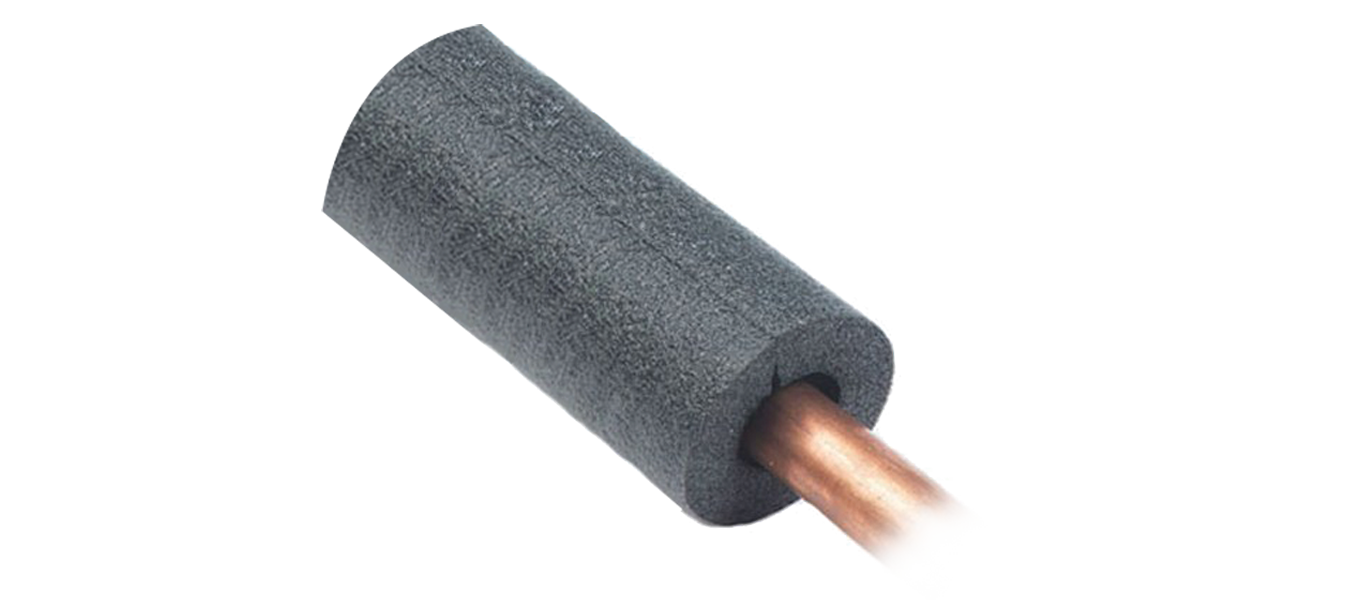When it comes to saving energy at home, the water heater often gets overlooked—but it’s one of the most energy-hungry appliances in your household. In fact, heating water accounts for about 18% of the average home’s energy use, making it the second largest energy expense after heating and cooling.
The good news? You don’t need a brand-new system to boost efficiency. One of the simplest and most cost-effective upgrades is to insulate your water heater and hot water pipes. It’s a quick DIY project that pays off in energy savings, lower utility bills, and consistently warm water when you need it most.
Why Insulation Matters
Water heaters—especially older tank-style models—constantly work to maintain a certain temperature, even when you’re not using hot water. This means that heat is lost through the tank walls and connecting pipes, especially in cool or unheated areas like basements or garages. The result? Wasted energy and unnecessary costs.
By wrapping your water heater and hot water pipes in insulation, you can significantly reduce heat loss, allowing the system to work less and conserve more energy. That means:
- Hot water stays hot longer
- The heater doesn’t need to reheat as often
- You get faster hot water at the tap or shower
- You save money year-round

Insulating Your Water Heater: What You Need to Know
1. Check if Insulation Is Needed
First, place your hand on the side of your water heater. If it feels warm, it’s likely losing heat and can benefit from insulation. Most newer models are already insulated well, but older models (especially pre-2004) often lack adequate insulation.
You can also check the R-value of your tank (a measure of insulation). If it’s less than R-24, adding a water heater blanket is recommended.
:max_bytes(150000):strip_icc()/GettyImages-182775294-75c3d991ddce42b8aa01dbc31509c664.jpg)
2. Use a Water Heater Blanket
A water heater blanket or jacket is a specialized insulating cover, usually made of fiberglass or foil, that wraps around your tank.
- Choose a blanket with at least R-8 insulation
- Follow the manufacturer’s instructions carefully
- Don’t cover the thermostat or burner compartment on gas water heaters
- For electric models, avoid covering heating elements or panels
This small upgrade can cut standby heat loss by 25%–45%, saving 7%–16% on water heating costs annually.
Insulating Hot Water Pipes
In addition to insulating the tank, wrapping hot water pipes—especially those within 3 feet of the tank—prevents rapid heat loss and improves water temperature at the tap.
Benefits of Pipe Insulation:
- Hot water arrives faster, so you waste less water waiting
- Pipes are less likely to freeze in cold weather
- Energy savings of 3%–4% on your water heating bill
Use foam pipe insulation or tubular sleeves that match your pipe’s diameter. Cut to size and secure with tape or zip ties. Focus on pipes in unheated spaces like basements, crawlspaces, and garages.
How Much Can You Save?
According to the U.S. Department of Energy, insulating your water heater can save you up to $30 to $60 a year on your energy bill. That might not seem like a lot at first—but considering the low cost of materials (usually under $40) and the ease of installation, the payback period is often less than a year.
Plus, you’re not just saving money—you’re also reducing your carbon footprint and increasing your home’s overall energy efficiency.
A Warmer Shower and a Greener Future
Insulating your water heater and pipes is one of those rare home upgrades that’s affordable, easy, and effective. It doesn’t require any advanced skills or expensive tools, just a little time and a commitment to energy efficiency.
So on Day 11 of Energy Savings, wrap up the savings—literally! Give your water heater and pipes a little extra insulation, and enjoy warmer showers, lower bills, and a more energy-smart home.
💧♨️ Warm water, lower costs, smarter choices.
